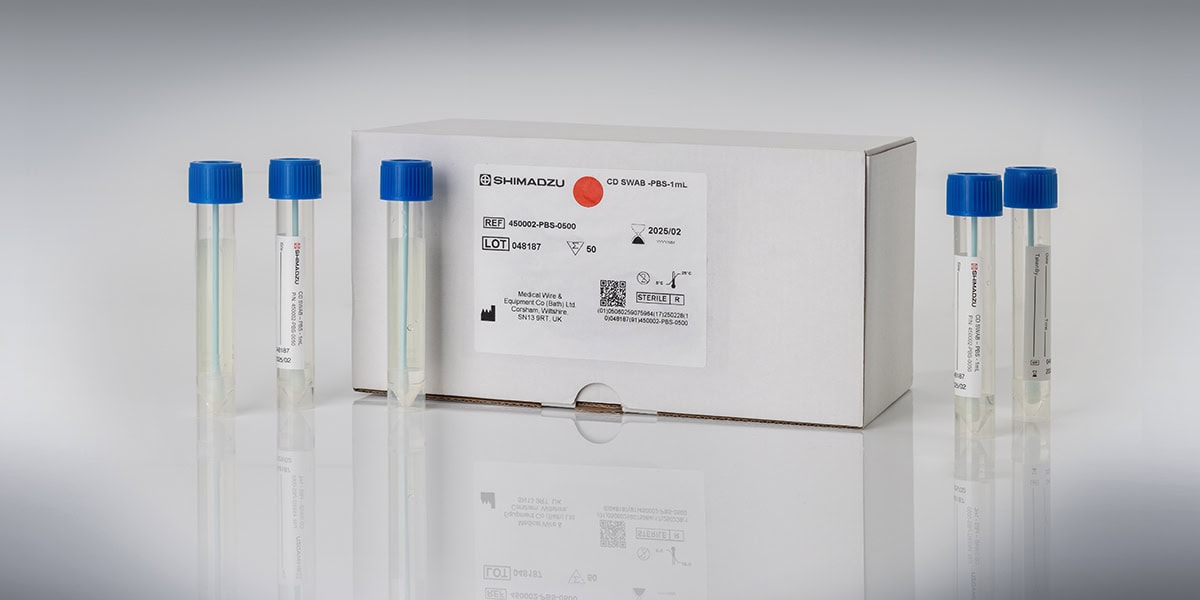
Recent news in Food & Feed Analysis
- Home
- /
- Brettanomyces: contaminant or quality...
Brettanomyces: contaminant or quality feature?

Dekkera bruxellensis yeast, among winemakers and brewers also known as Brettanomyces bruxellensis (or „Brett“for short), strongly influences the flavor of wine and beer. The change in taste is either considered as off-flavor or as flavor enrichment. So how are you supposed to handle that wild yeast?
In beer and wine production, nothing happens without yeasts: They convert sugar into alcohol through fermentation and are essential for the flavor of the drink. However, not every type of yeast is desirable. Dekkera bruxellensis, a yeast from the Saccharomycetes class, is a feared contaminant in the beer and wine industry as it produces volatile phenols which create an unpleasant flavor of horse, tar, leather, medicine and smoke.Brettanomyces in beer production
For a long time, Brettanomyces was considered as undesired contaminant and brewers attempted to keep it out of the breweries. Only later, brewers started to cultivate and employ the yeast in beer production. Especially in Belgian beers, Brettanomyces is often considered as significant component of the flavor profile. Examples include Belgian beer specialties Lambic, Kriek, Faro and Gueuze. However, American sour beers and the traditional German beer „Berliner Weisse“ also owe their characteristic flavor to Brettanomyces. In recent years, the craft beer trend has made Brettanomyces very popular: Special „Brett IPA’s“ promise a complex aroma which changes over time – from a fruity, tropical flavor in young beers to a more funky, earthy or smoky note in mature beers.
Brettanomyces in wine production
In wine industry, Brettanomyces bruxellensis is regarded as one of the most important spoilage yeasts, causing the so-called “Brett off-flavor” which is reminiscent of horse and stable. If the Brett note is too intensive, winemakers must decide on blending or even discarding the wine. However, Brettanomyces may be desired in wine production, too: In low concentrations, it adds complexity to red wines and gives a pleasant smoky or exotic aroma. While Brettanomyces is also added to some ciders, it is usually not an issue in white wines: Due to the storage in tanks at low temperatures as well as the relatively high SO2 content and low pH value, contamination with the spoilage yeast is practically eliminated.
Detection of Brettanomyces bruxellensis
Whether you add the yeast deliberately or consider it as contaminant: In any case, caution is needed since the yeast can spread quickly within the production facilities and contaminate other products. Hygiene measures and regular analyses are therefore essential. Molecular biological tests (PCR) are the most used method for the detection and quantification of yeasts in beer and wine. The GEN-IAL® product line offers a wide range of PCR screening tests for Brettanomyces and other beer and wine spoilers. The tests can be used with common PCR instruments and are quick and easy to perform even for small laboratories.


